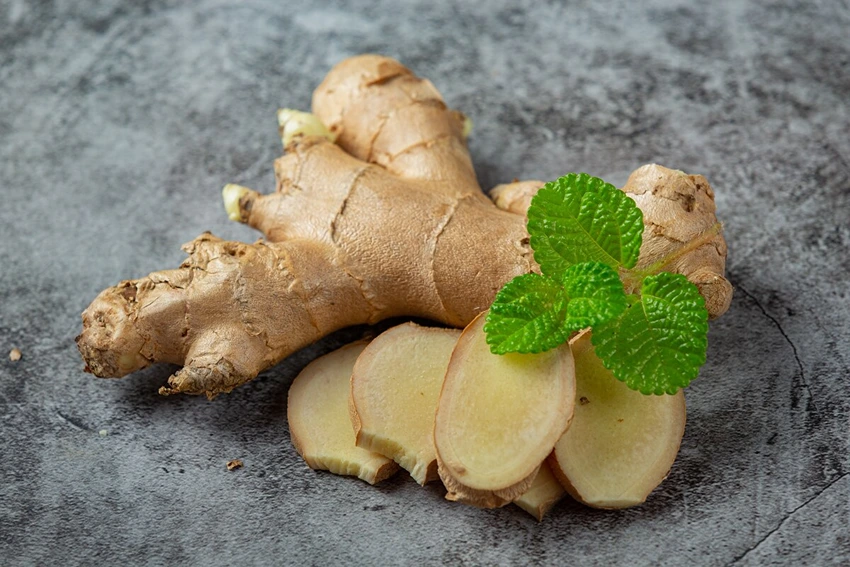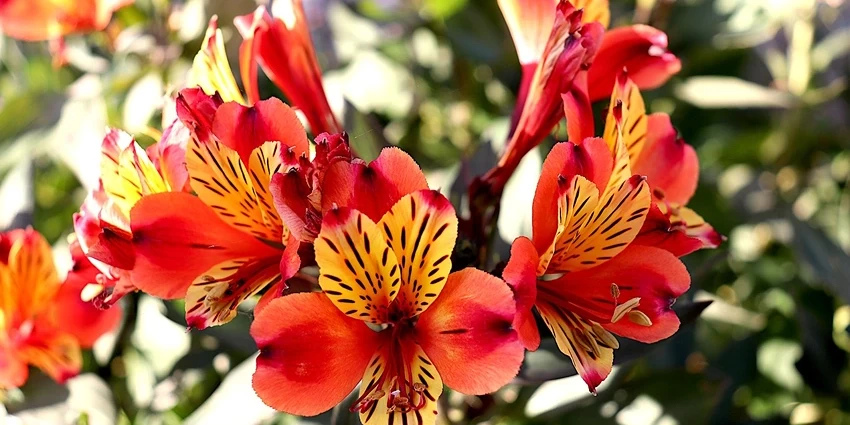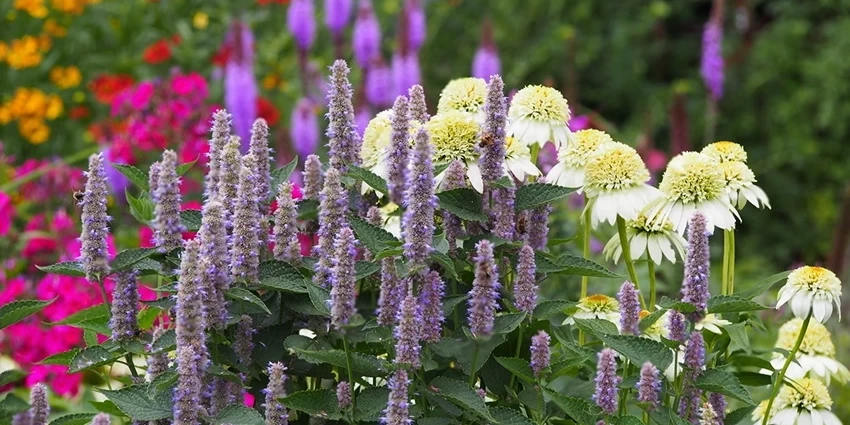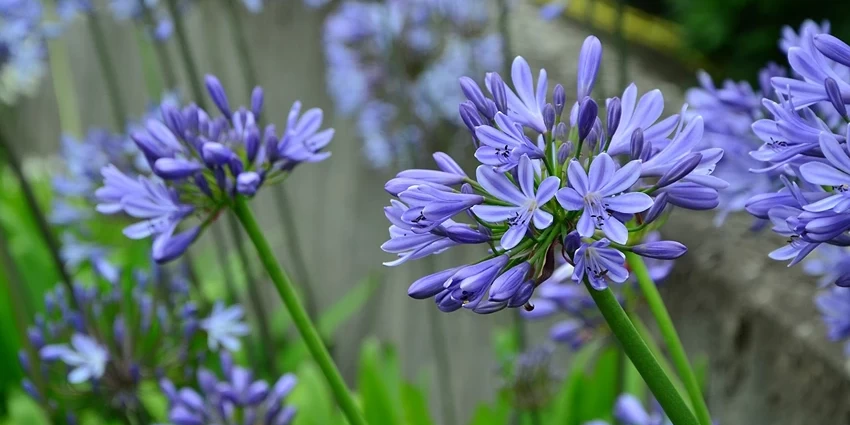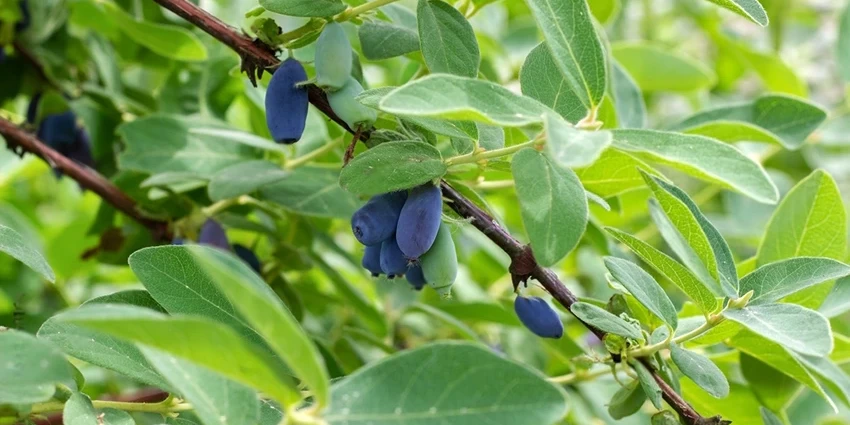All products were chosen independently by our editorial team. This review contains affiliate links and we may receive a commission for purchases made. Please read our affiliates FAQ page to find out more.
Home » How to » Grow Plants » How to Plant and Grow Ginger at Home
Did you know that ginger or simply “Zingiber officinale”, with its zesty flair and health benefits, can be grown at home. In this article we will show you the best methods to grow ginger indoors at home and outdoors in your garden.
Join British Green Thumb on a spicy adventure as we gingerly explore how to nurture this tropical treasure in those unique British climates.
How to Grow Ginger?
Success in growing ginger successfully in British climates depends on your growing methodology because ginger can be grown outside in your garden as well as at home if you take the right approach. For insights on cultivating herbs in colder seasons, explore herb gardening in winter.
Once you’ve mastered how to plant and grow ginger at home, when the warmer months are here, using slices of your harvest on the best charcoal BBQ can add a smoky, spicy zing to dishes, showcasing the versatility and robust flavor of this beloved root.
Register for our latest in-depth reviews and product round-ups from the experts.
Enter your email address below to receive our monthly review emails.
By entering your details, you are agreeing to our terms and conditions and privacy policy. You can unsubscribe at any time.
Choose The Right Type of Ginger For The UK
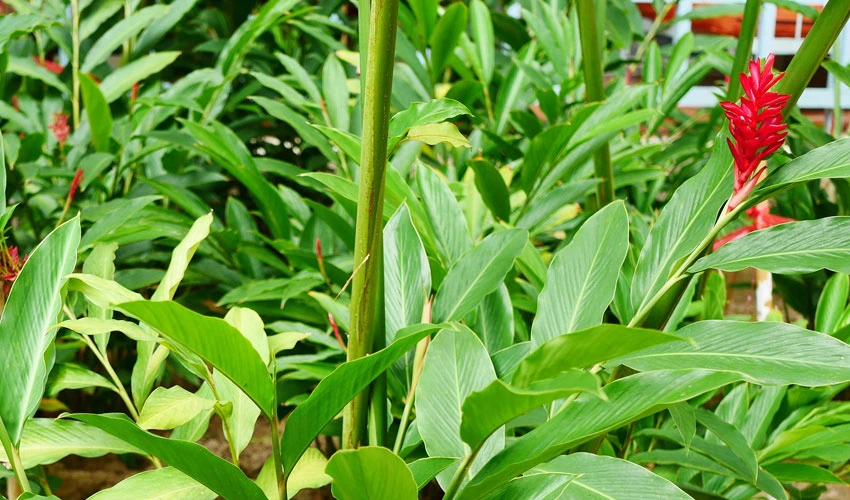
First off, ginger is this cool plant that originally hails from the warm, South-East Asia. Since then, ginger is grown around the world usually thriving in places such as Indonesia and India. But don’t worry, with a bit of know-how, we can totally make it feel at home in a more British climate.
Types of Ginger You Can Plant
When it comes to choosing your ginger, you’ve got options. The majority of main stream ginger types can be used to grow more ginger but you will need some rhizomes first. You can snag some rhizomes online or from your local nursery. Even fresh ginger from the UK grocery store can work, just give it a soak overnight to kick off any growth inhibitors it’s been chilling with. Here are some of your options:
- Zingiber officinale (Common Ginger)
- Alpinia officinarum (Lesser Galangal)
- Hedychium coronarium (White Ginger Lily)
- Curcuma longa (Turmeric)
- Etlingera elatior (Torch Ginger)
- Zingiber zerumbet (Shampoo Ginger)
- Alpinia zerumbet (Shell Ginger)
- Kaempferia galanga (Aromatic Ginger)
- Costus spicatus (Spiked Ginger Lily)
- Globba spp. (Dancing Ladies Ginger)
- Curcuma zedoaria (White Turmeric)
- Curcuma angustifolia (Narrow-leaved Turmeric)
- Curcuma amada (Mango Ginger)
- Curcuma aeruginosa (Turquoise Ginger)
Now, size does matter here. Bigger rhizomes mean you’ll be spicing up your dishes sooner. Look for ones that have these little nodules, kind of like the eyes on a potato, ready to sprout into something incredible.
Different Ways to Grow Ginger and Ginger Root in The UK
Ginger digs a spot that’s got the right mix of free-draining and moist soil. Neutral pH is its jam, and it loves soaking up as much sun as it can get. In our UK weather, though, it’s like a tropical guest needing a bit of extra care to keep warm, especially when the temps dip.
How to Grow Ginger from Pots at Home and InDoors?
Growing ginger from roots at home is a splendid adventure that’s simpler than you might think. Here are five key points to bear in mind for a bountiful ginger harvest:
- Choosing Your Ginger Root: Opt for a plump, fresh ginger root with sprightly ‘eyes’. Giving it a soak in warm water overnight will set it off on the right foot, or rather, root!
- The Perfect Pot and Soil: Select a wide, shallow pot to accommodate ginger’s sprawling growth. Fill it with a rich, well-draining potting mix, slightly on the acidic side, to mimic ginger’s natural habitat.
- Planting with Care: Plant your ginger with the growth buds skyward, just an inch or two beneath the soil’s surface, as if tucking it into a cosy bed. Place the ginger root just below the surface with the buds pointing up, akin to planting spring bulbs in a flowerpot. A gentle cover of soil is all it needs, like tucking in a seedling under a blanket of earth.
- Optimal Growing Conditions: Place the pot in a warm spot with indirect sunlight. Ginger loves a cosy environment, much like a sun-loving indoor plant. Water it regularly to keep the soil consistently moist, but be careful not to overwater.
- Harvest Fresh Ginger: After a patient wait of 8-10 months, gently unearth a bit of the ginger. It’s like uncovering buried treasure in your own garden!
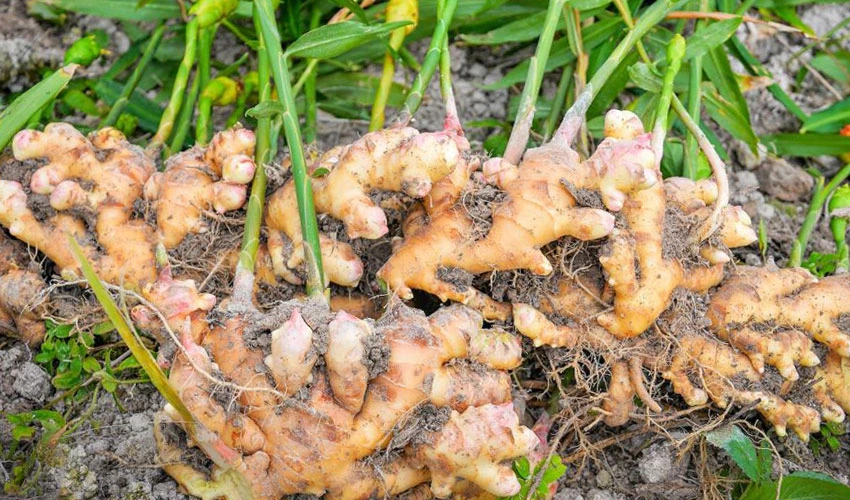
Ginger Plant Overview
| Botanical Name | Zingiber officinale |
| Common Names | Ginger |
| Plant Type | Perennial / Houseplant |
| Native Area | Island South-East Asia |
| Hardiness Rating | H1A |
| Foliage | Slender pseudo-stems |
| Flowers | Purple flowers (uncommon in UK) |
| Height | 0.3 – 1M |
| Spread | 0.1 – 0.5M |
Ginger Growing Conditions
| Preferred Sunlight | Full Sun (UK) |
| Exposure | Sheltered |
| Soil Type | Free-draining yet moist medium |
| Moisture | Moist but well-drained |
| pH | Neutral |
Ginger Plant Care
Ginger plants flourish in warm, humid environments, ideally in USDA zones 9 to 12. Plant them in rich, well-draining soil and ensure consistent moisture without waterlogging. Partial shade is preferable to protect against intense sunlight. Use balanced, organic fertiliser every 4–6 weeks for robust growth. Mulching helps maintain soil moisture. In cooler regions, grow ginger in containers to move indoors during frosty months. Regular pest and disease checks, coupled with organic treatments, are essential for plant health. With careful nurturing, ginger plants can yield fresh, aromatic rhizomes for culinary purposes.
Ginger Plant Watering and Food
For maintaining a ginger plant you would want to keep the soil nice and moist, but not to flood the soil completely. We’re not trying to drown the poor thing. And for food, think of a balanced diet—a balanced fertilizer, that is, once a month during its growing season should do the trick.
Ginger Plant Bugs and Pests
Now, onto some uninvited visitors. Keep your eyes peeled for aphids and spider mites. These little critters love your ginger just as much as you do, but not in a good way. And to keep your plant healthy and free from diseases, make sure it’s living in a nice airy spot and don’t overdo it with the water. Fungal diseases are not the kind of fungi we’re after.
Ginger Plant Problems and Diseases
If your ginger’s leaves are turning yellow, it might be telling you, “Hey, ease up on the water, will ya?” Or it could be a sign that it’s not draining well. And if your ginger seems to be stuck in a growth rut, it might need more sunlight or it’s missing some key nutrients because it is used to sunny, well lit climates.
Harvesting and Storing
How to Tell You Can Harvest Your Ginger Plant
So, when is it time to enjoy the fruits of your labour? When the leaves start to look a bit tired and begin to die back, your ginger is ready for the spotlight. This grand moment usually happens about 8-10 months after you’ve planted it.
Getting Your Ginger
When it’s time to harvest, think of it as a delicate excavation. Gently dig around the plant to get to those precious rhizomes. And if you’re not ready to use all your ginger at once, you can just take what you need and let the rest keep on growing.
Keeping Ginger Fresh
Got more ginger than you know what to do with? Fresh ginger can chill in your fridge for a few weeks. If you’re looking at the long game, freezing or drying your ginger will make sure you’ve got that zing when you need it.
Uses of Ginger Leaves:
Ginger leaves have culinary, medicinal, and decorative uses. In cooking, they impart flavour to dishes, act as natural wrappers, and make a mild tea. Medicinally, people apply them topically for minor ailments or use them in aromatherapy. Decoratively, they enhance floral arrangements and table settings. Some believe they repel insects, though evidence is limited. It is advised to exercise caution, especially when using them medicinally, and to consult with a healthcare professional.
Frequently Asked Questions
The ideal time is late winter or early spring, after the last frost.
Ginger typically takes 8-10 months to mature enough for harvest.
Yes, ginger can be successfully grown indoors with sufficient light and warmth.
Ensure ample sunlight, consistent moisture, and regular feeding. Also, choose a suitable variety for the UK climate.
Eleanor is the quintessential spirit of the British gardener — passionate, dedicated, and endlessly curious about the natural world. Born and raised amidst the verdant landscapes of the Cotswolds, she developed an early love for the outdoors, often spending hours in the family garden with her hands buried in the soil, nurturing every type of plant she could find.



